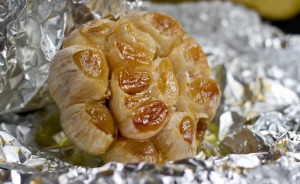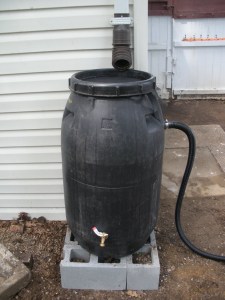Honestly, I chose this course because it fit into my schedule nicely, but I am excited about the opportunities and challenges ahead. First off, I have never blogged before but I’m ready to try new things. Secondly, since junior year of High School, I have had a big interest in living more sustainably. One of my favorite teachers in High School was very passionate about environmental injustice and she definitely walks the talk. She was a big influence in my life to reduce my emissions and live less impactfully. Her impression on me led me to chose GreenHouse at UK.
So, do I live a full on sustainable lifestyle?
Not quite, but I can’t wait to try more ways to live sustainably through this course. I’ve always wanted to and this will give me the opportunity to try it out for myself to see what works and what doesn’t. From what I’ve heard so far, I find making my own products, a zero trash day, and the composting box all interesting, intriguing, and something I am definitely looking forward to. I can’t wait to jump into these projects and keep this blog updated with my experiences!

